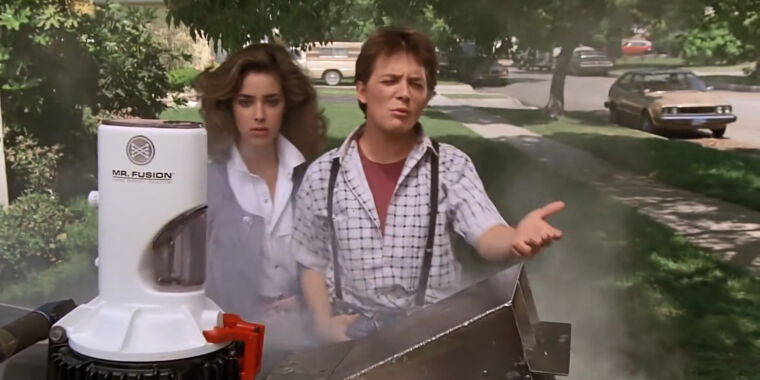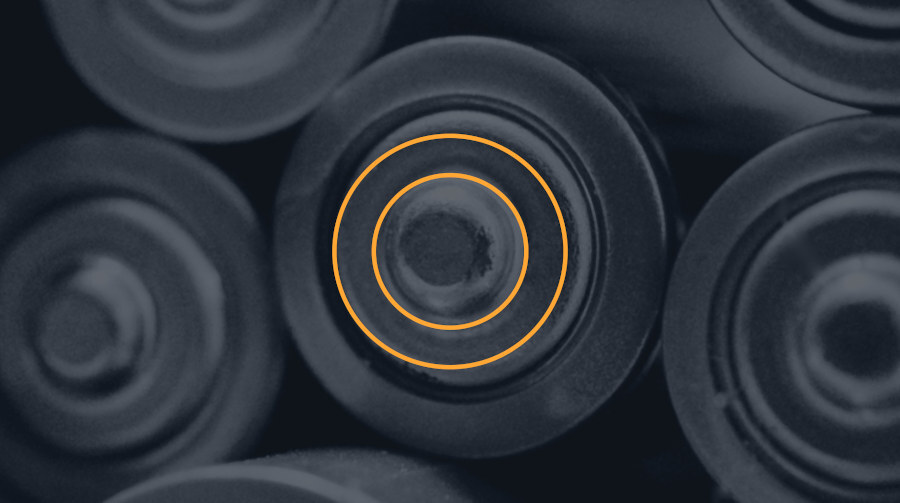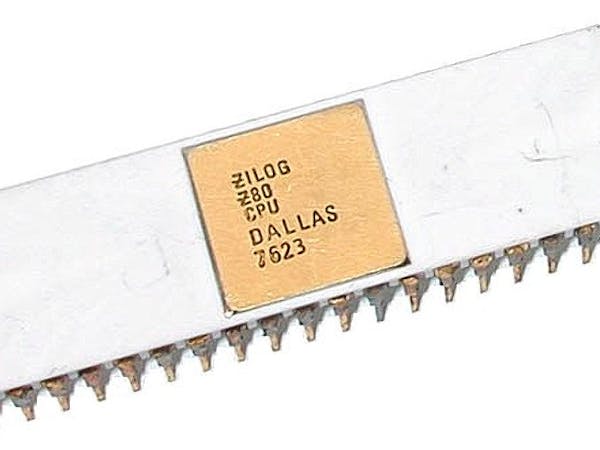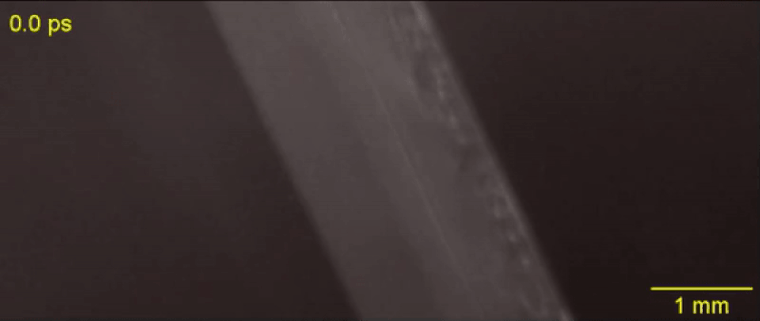
Eternally five years away? No, batteries are improving under your nose
It’s hard to write about battery research around these parts without hearing certain comments echo before they’re even posted: It’ll never see the market. Cold fusion is eternally 20 years away, and new battery technology is eternally five years away.
That skepticism is understandable when a new battery design promises a revolution, but it risks missing the fact that batteries have gotten better. Lithium-ion batteries have reigned for a while now—that’s true. But “lithium-ion” is a category of batteries that includes a wide variety of technologies, both in terms of batteries in service today and the ones we've used previously. A lot can be done—and a lot has been done—to make a better lithium-ion battery. In fact, gains in the amount of energy they can store have been on the order of five percent per year. That means that the capacity of your current batteries is over 1.5 times what they would have held a decade ago.
It’s helpful to start by defining what makes a battery “lithium-ion.” The stars of the show are obviously lithium atoms, which give up an electron easily to form ions. Every battery has a cathode and anode, with a separator and electrolyte sitting between the two. On the cathode side, lithium is found in a metal oxide compound, where it will stay as long as each atom is holding that electron. Once separated from the electron, lithium ions will move across the separator to collect at the anode. The freed electrons can’t cross the separator, so instead they move through whatever circuit is connected to the battery’s two electrodes.
























